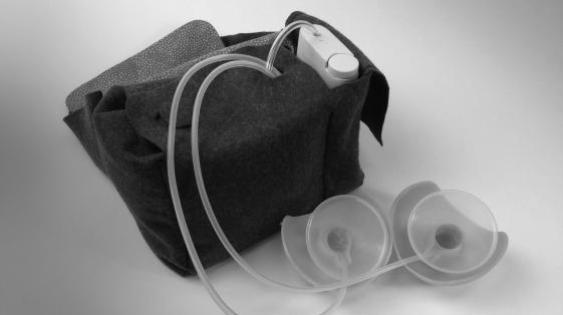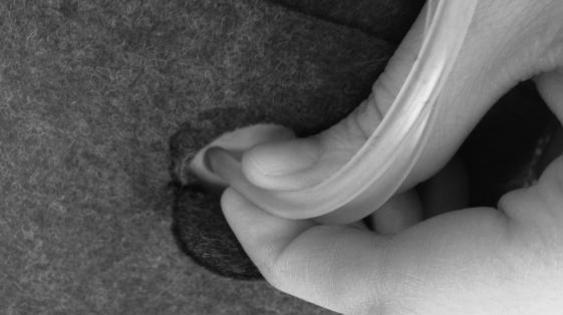Portable Breast Pump
As a profession, design grounds art in the real world. The designer’s primary function is to help people by developing design solutions that address their needs through the problem solving process. Design requires curiosity, observation, and empathy. While designers need to be concerned with form and function, truly successful work strikes a deeper connection with the people that use it. Much remains to be done in the sectors of public health, children’s health, and early childhood health.
Women who breastfeed, lacking appropriate facilities in the workplace and having access only to clumsy breast pumps, are often forced into a choice between working and breastfeeding at home. The portable breast pump project is an attempt to make the experience of motherhood less stressful and more joyful, without forcing mothers to compromise on their commitment to their child’s health and nutrition.
When a woman returns to work after having a child, she needs to advocate for time and space for breastfeeding. Currently, breast pumping isn’t an activity that she can do at her desk. Pumping equipment is bulky, and she needs a private location where she can sit, topless, for an hour over the course of the day. In reality, many women pump in bathroom stalls, cars, and storage closets.
My masters project is a portable breast pump designed to provide women with the discretion needed to confidently produce breast milk at work. The project consists of a pump, cold storage bag, 2 bottles, 2 breast shields and tubing which are all stored in a compact pouch.
Problems with breast pumps that are currently available include:
1. A loud and obtrusive motor that commands attention.
2. The need to get undressed.
3. More than 20 different parts, easy to forget and all required for pumping.
4. The need for access to a refrigerator to store the milk. In combination, all of these attributes make for a complicated experience. The breast pump covered by most insurance carriers contains a heavy, noisy metal housing; the experience of using it can seem technical and alienating.
Currently available breast pumps ignore the user’s experience. If you evaluate these pumps qualitatively, they function and extract milk from breasts at a reasonable pace, but doing so is a degrading and isolating experience. The project centers on two key principles: discretion and empowerment. Reimagining the pump as an experience, I worked with a pump manufacturing company to produce a custom pump that suctions liquid instead of air. I created breast shields that can be put into an existing nursing bra. And moved the reservoir away from the breast so that it can be attached underneath clothing, making the pumping process more discreet.
Childbirth brings many changes in a woman’s life—it requires transformative adjustment. Breastfeeding can be highly stressful because the mother is the child’s only source of nourishment. I hope that by improving the breast-pumping experience, women will no longer have to choose between working and breastfeeding. The pump is a vehicle that facilitates a woman’s ability to do both.


